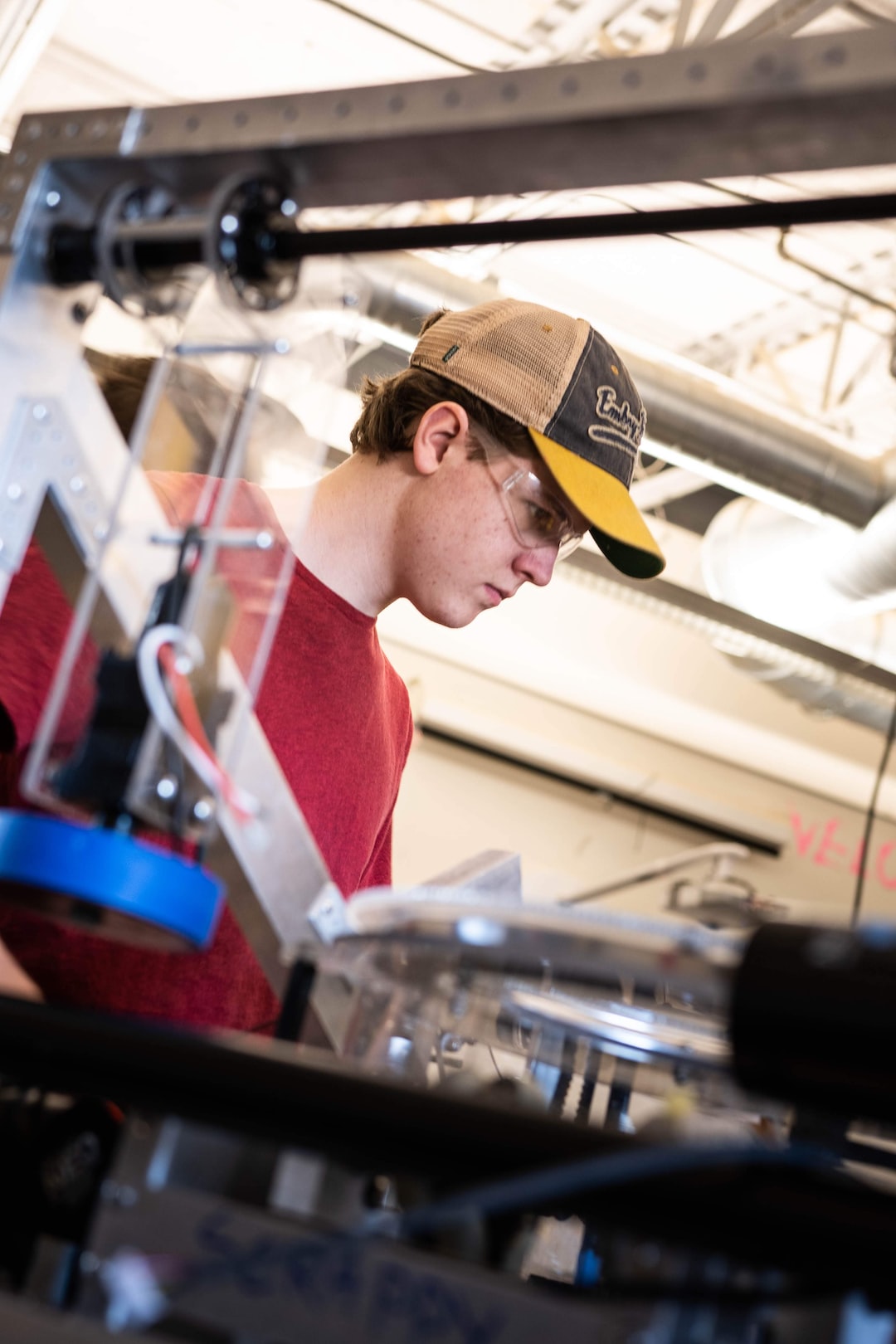Design Thinking: A Catalyst for Innovation in Manufacturing
In today’s rapidly changing world, innovation has become the key to survival for businesses, particularly in the manufacturing sector. With globalization, automation, and evolving customer demands, manufacturers must constantly adapt and find new ways to stay ahead of the competition. This is where design thinking comes into play as a powerful catalyst for innovation.
Design thinking is a problem-solving methodology that focuses on creating innovative and user-centered solutions. It is a mindset and a process that encourages collaboration, empathy, experimentation, and iteration. Design thinking enables manufacturers to step outside their traditional processes and explore new possibilities, ultimately leading to breakthroughs in product development, production processes, and overall business strategies.
One of the fundamental principles of design thinking is empathizing with the end-users or customers. In manufacturing, understanding the needs and pain points of the end-users is crucial for developing products that truly address their requirements and desires. By empathizing with customers, manufacturers can uncover valuable insights that can inform the design and development process, ultimately resulting in more successful and impactful products.
Furthermore, design thinking emphasizes collaboration and multidisciplinary teamwork. In manufacturing, this means involving individuals from different departments, such as engineering, design, marketing, and production, in the innovation process. By bringing together diverse perspectives and expertise, manufacturers can harness the collective intelligence and creativity of their teams, resulting in more innovative and holistic solutions.
Design thinking also encourages experimentation and iteration. Instead of relying on assumptions or following a linear path, manufacturers are encouraged to prototype and test their ideas early on in the design process. This iterative approach allows manufacturers to identify and address potential issues or improvements early on, saving time and resources in the long run. By incorporating feedback from users and stakeholders into the design process, manufacturers can continuously refine and enhance their products, ensuring they meet and exceed customer expectations.
One area where design thinking has had a significant impact in manufacturing is in the development of sustainable products and processes. As environmental and social consciousness grows, manufacturers are under increasing pressure to adopt more sustainable practices. Design thinking provides a framework for manufacturers to tackle sustainability challenges by exploring alternative materials, optimizing energy usage, reducing waste, and considering the entire lifecycle of their products. By incorporating sustainable principles from the outset of the design process, manufacturers can create products that are not only innovative but also environmentally friendly and socially responsible.
Moreover, design thinking can be employed to drive innovation in the production processes themselves. Manufacturers often face challenges such as optimizing production efficiency, reducing costs, and improving quality. Design thinking can be used to identify limitations and bottlenecks in the current production processes, explore alternative approaches, and develop innovative solutions. By involving the front-line workers in the design process, manufacturers can tap into their tacit knowledge and experience, resulting in improvements that are both practical and impactful.
In addition to product and process innovation, design thinking can also influence the overall business strategies of manufacturers. By encouraging a customer-centric approach, design thinking challenges manufacturers to think beyond their products and consider the entire customer experience. This includes aspects such as packaging, branding, after-sales support, and user interfaces. By adopting a holistic approach that considers both the tangible and intangible aspects of their offerings, manufacturers can create a differentiated and memorable customer experience that sets them apart from competitors.
In conclusion, design thinking serves as a catalyst for innovation in manufacturing. By placing the user at the center of the design process, fostering collaboration and experimentation, and promoting sustainable practices, manufacturers can drive breakthroughs in product development, production processes, and overall business strategies. In an era of rapid change, design thinking offers manufacturers the tools and mindset they need to adapt, innovate, and thrive in the face of constant disruption. By embracing design thinking, manufacturers can unlock new possibilities and stay ahead of the curve in an increasingly competitive global marketplace.

